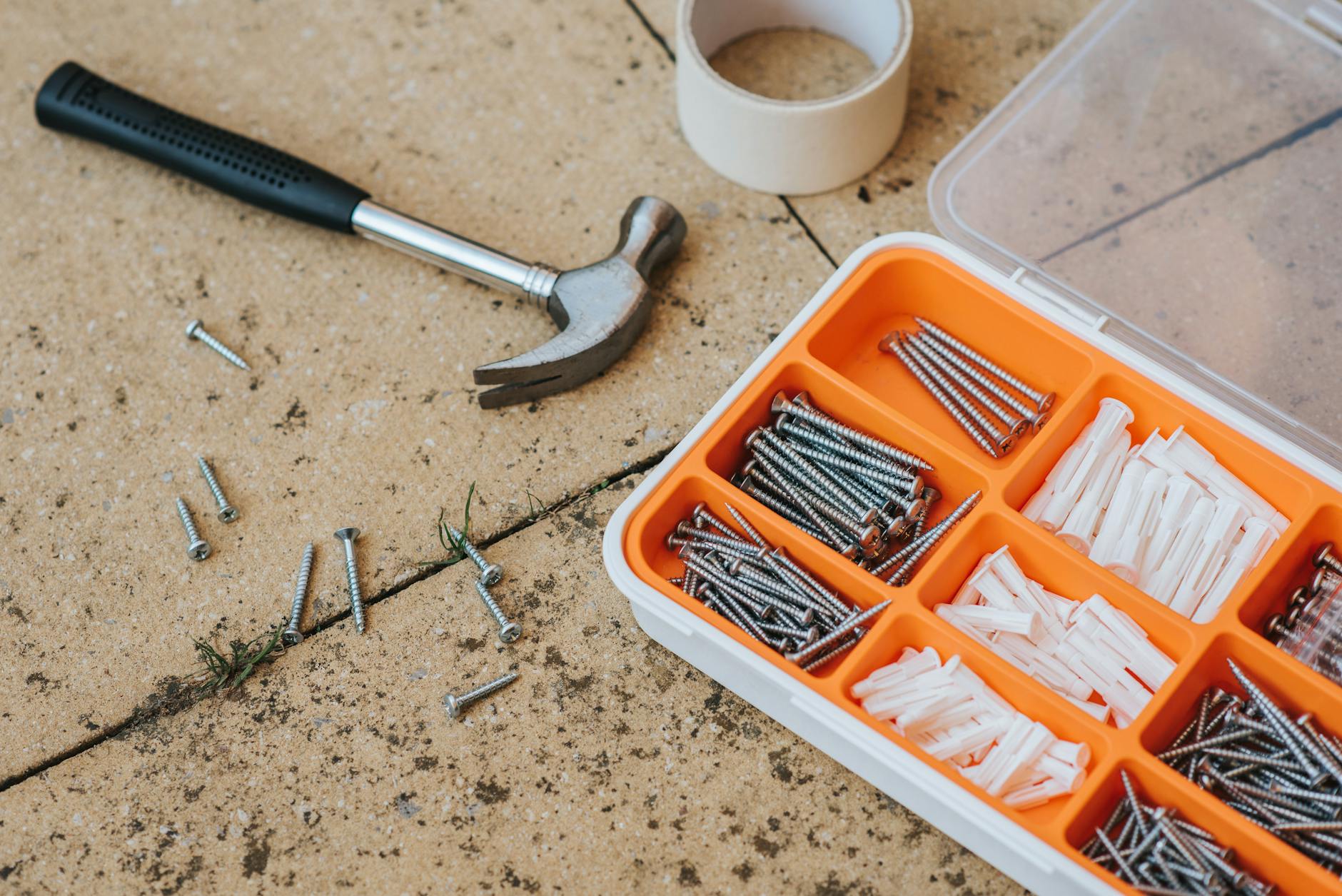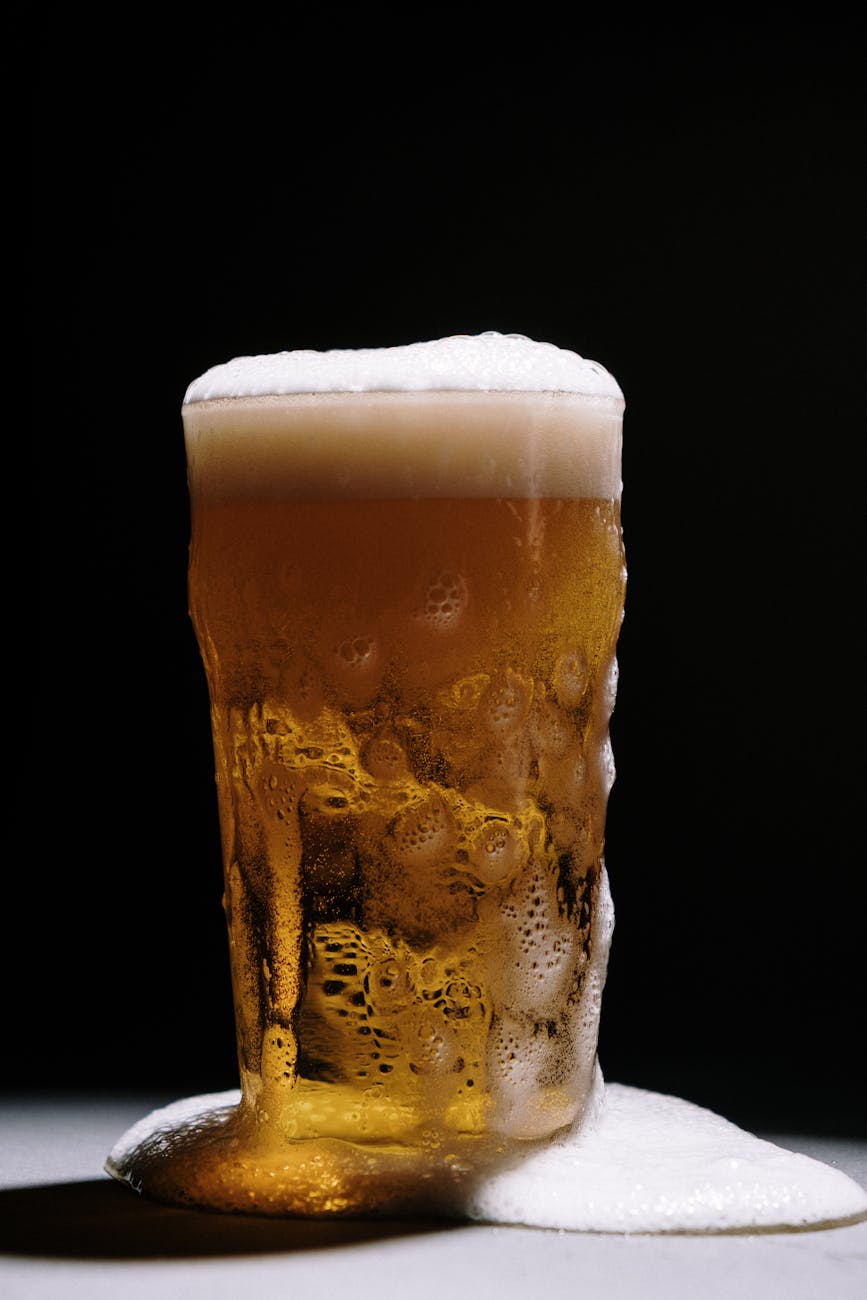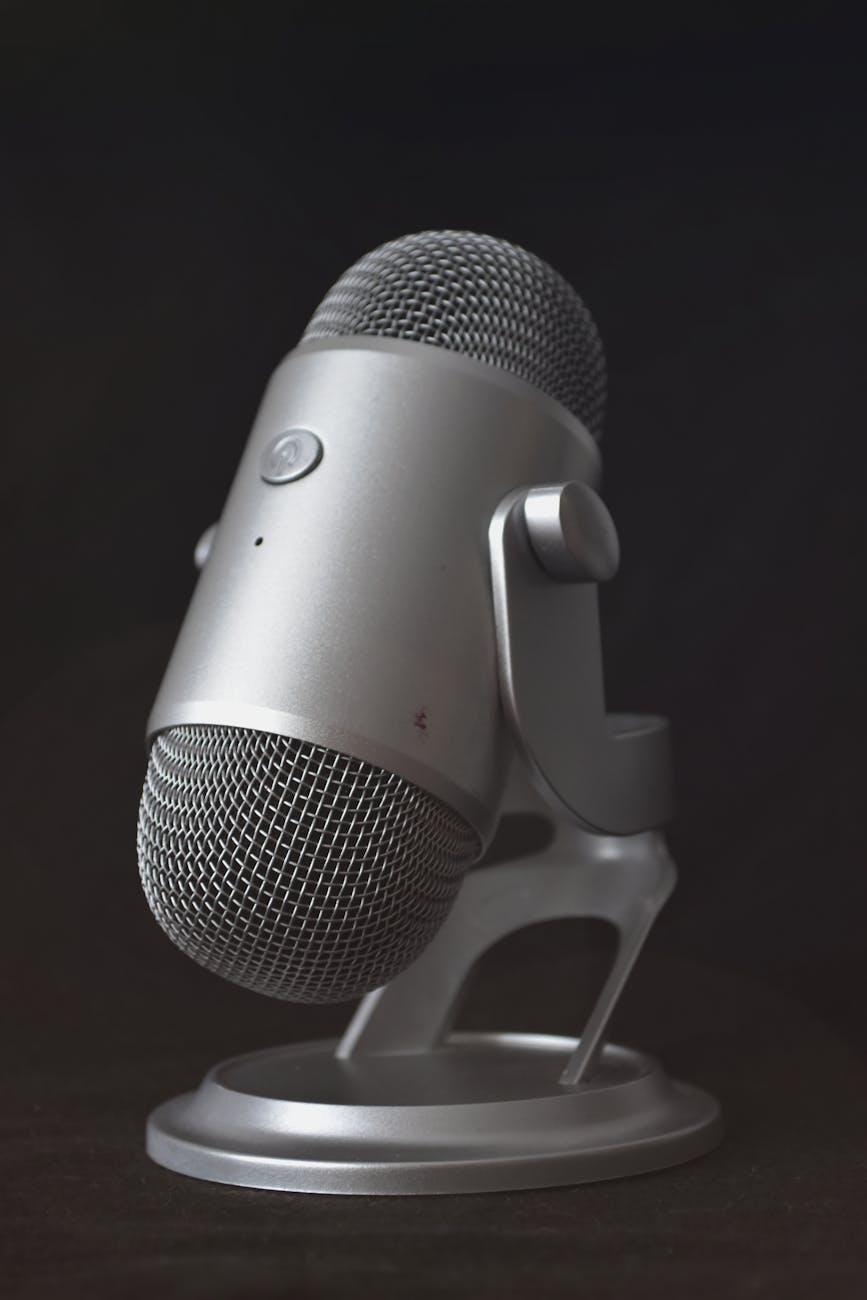Well nothing like doing a quick review of things to get for the geek who has all the cameras he could want 🙂
- Canon 500D Close Up Lens. This turns your regular lense into a macro for about $125. A nice step before you go buy a dedicated lense
- Canon EF 1.4x III Teleconverter. This gives you more magification but you lows a full F stop, so your 70-200 F2.8 becomes a 100-300F/4. Not a bad tradeoff. It’s more expensive at $500, but more compact.
- Canon EF 8-15mm F/4 L USM Fish Eye Lense. Expensive, but what a lense. It is a fish eye and so you can get amazing effects. But professionally priced at $1400!
- Magic Lantern firmware. If you dare, you can update you Canon camera with homebrew firmware to get lots of new capabilities particularly for video. Not clear if it is compatible with 2.0.9 yet, so wait and see. AJ version looks like the best. AJ 5.7 requires 2.0.4 so you have to downgrade to use it. Its a little mysterious to install, but you basically, copy the magiclantern.fir, magiclantern.cfg and magiclantern files (don’t copy autoexec.bin). Then go to your 5D mark ii menu and select the firmware and upgrade and this boots you into the special firmware. Turn it off and take out the battery and you get your generic camera back! The only documentation is a video on moira’s site. But basically, you use the joystick to move and then to select, click on the take photo button (not SET!)
- Redrock micro or Zapata or some other sort of rig so that you can hold the camera steady when shooting
- Focus puller. There is a new gizmo I can’t find anymore that does pulling of focus smoothly via the USB interface.
- RC Helicopter with a Camera. Pretty amazing shots if you want an 8 foot helicopter in your basement. See altitudeshots.com
- Planet5D mentions that Cinestyle is the picture style that Technicolor does that is supposed to work better for filiming. I don’t use picture styles normally but apparently this is hard to get right.
What you need…
- Canon EOS DSLR camera
- Canon EOS Utility v2.6 or later
Note: you can find the latest Canon EOS Utility at:
http://www.usa.canon.com/cusa/support/consumer/eos_slr_camera_systems/eos_digital_slr_cameras/eos_5d_mark_ii#DriversAndSoftware - PC running Windows 7 / Vista / XP; or Mac running OS X 10.5 / 10.6
- USB cable
How to install…
- Ensure that EOS Utility v2.6 or later is installed on your computer
- Download the Technicolor CineStyle Picture Style file using the links below
- Connect your camera to your computer using the appropriate USB cable
Note: for the EOS 5D Mark II you may need to set “Communication” to “PC connect.” in the camera’s menu - Start the Canon EOS Utility
- Select “Camera settings/Remote shooting” on the main window
- Once the capture window opens, click the camera icon
- Click “Register User Defined style” under “Shooting menu”
- Once the new page “Register Picture Style File” opens, select one of User Def. 1, 2 or 3 at the top of the new page
- Click the open file icon
- Select the CineStyle.pf2 file you’ve just downloaded
- Click on OK
- Congratulations, the Technicolor CineStyle Picture Style is now loaded in your camera! You should confirm that the Picture Style has been properly loaded by pressing the Picture Style selection button at the back of the camera and using the thumbwheel on top of the camera to scroll through the styles
Based on Technicolor’s usage and testing of its CineStyle Picture Style, we recommend the following camera settings to optimize the image quality of your Canon EOS camera:
- Sharpness: 0
- Contrast: -4
- Saturation: -2
- Color Tone: 0
- ISO: a multiple of 160
Acquisition with Technicolor’s CineStyle will generate what appears to be a flat, de-saturated looking image. While this image may appear unappealing and undesirable, it is in fact an ideal starting point for post-production and color correction.
To properly color correct and/or view footage shot with Technicolor CineStyle we recommend utilizing a S-curve shaped look-up table (LUT) in your editing or color correction application. You may download such a LUT using the links provided.
If your editing or color correction application does not offer the ability to import and use LUTs, other controls like the ASC CDL, Lift/Gamma/Gain, or Offset/Power/Slope can be used to color correct the image.





